The Air Force wants to buy thousands of low-cost cruise missiles in 2026
- By Alex Hollings
Share This Article
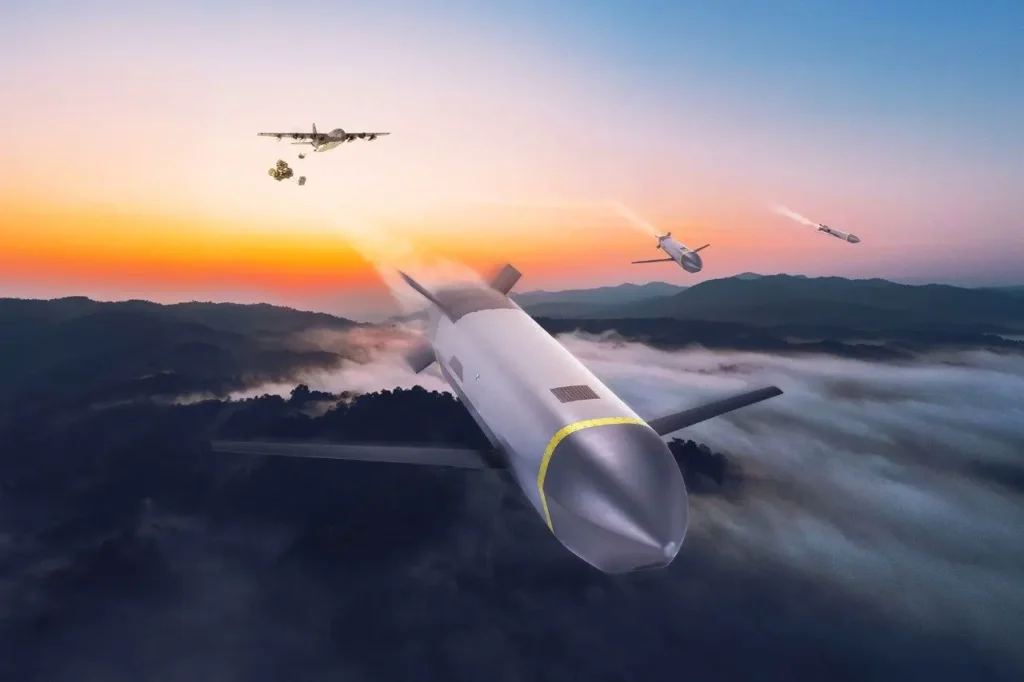
The Air Force intends to invest in its Family of Affordable Mass Missiles, or FAMM. This program encompasses several weapon types, but one primary area of focus is fielding a huge volume of low-cost air-breathing cruise missiles that can be launched from the Air Force’s Rapid Dragon palletized munition system that’s designed to be deployed from cargo aircraft like the C-130 and C-17.
Rapid Dragon was initially designed around Lockheed Martin’s high-end JASSM line of air-launched cruise missiles. The system allows a single C-130 Hercules to launch as many as 12 of these weapons at targets hundreds of miles away, and the larger C-17 to deploy as many as 45 in very short order. Because of the immense range – some iterations reaching as far as 620 miles or more –and low observability of these weapons, Rapid Dragon allows cargo planes to serve as high-volume bombers without having to fly within reach of adversary air defenses.
However, the JASSM line of cruise missiles, which includes the JASSM-ER and Long Range Anti-Ship Missile, are high-capability, high-cost systems with limited production capacity. In 2026, for instance, the Air Force intends to purchase just 389 JASSMs to the tune of around $1 billion and just 118 LRASMs for another $431.6 million. That means you could deplete an entire year’s worth of production and nearly $1.5 billion in munitions in just about 11 Rapid Dragon sorties using the C-17.
And that’s where FAMM’s low-cost cruise missiles come in. The Air Force aims to procure a whopping 3,010 FAMM cruise missiles in 2026 for $656.3 million, which shakes out to just $218,000 per missile – roughly 1/14th the price of an LRASM.
Two of the biggest names in this effort are Lockheed Martin, with its Common Multi-Mission Truck, or CMMT (COMET) line of low-cost cruise missiles, and Anduril with its Barracuda-M500 line. Both missiles are expected to be able to carry 100-pound high-explosive warheads to targets some 500 nautical miles out, which translates to roughly 575 miles.
We recently spoke to both Anduril and Lockheed Martin about these weapons. Both companies were pretty clear that they didn’t perceive one another as competition in this space, because the production capacity the Air Force is looking for exceeds that of any single supplier. And this means that the U.S. will likely continue to stockpile these munitions for some time to come.
Feature Image: Render of Lockheed Martin’s CMMT cruise missile. (Lockheed Martin)
Read more from Sandboxx News
- The profound influence of Judo in the American military
- Undergoing Delta Force assessment at Camp Dawson, West Virginia
- Air Force wants to replace the world’s strongest bunker buster… with an even stronger one
- War footage shows how North Korea’s rocket system designs are vulnerable to drone attacks
- One tank to rule them all: Europe announces 11-country collaboration to build next-gen tank
Related Posts
Sandboxx News Merch
-
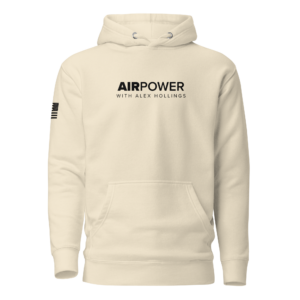
‘AirPower’ Classic Hoodie
$46.00 – $48.00Price range: $46.00 through $48.00 Select options This product has multiple variants. The options may be chosen on the product page -
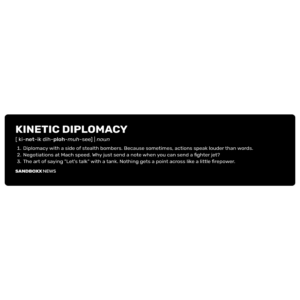
‘Kinetic Diplomacy’ Bumper Sticker (Black)
$8.00 Add to cart -

‘Sandboxx News’ Trucker Cap
$27.00 Select options This product has multiple variants. The options may be chosen on the product page

Alex Hollings
Alex Hollings is a writer, dad, and Marine veteran.
Related to: Airpower
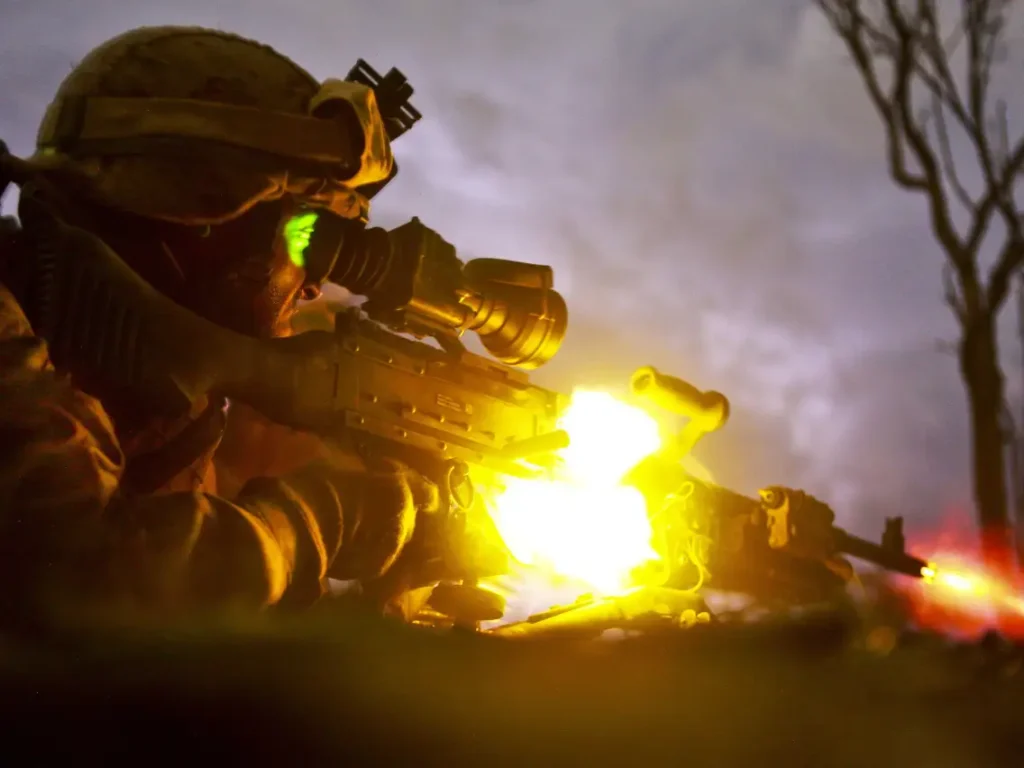
How US Special Forces took on Wagner Group mercenaries in an intense 4-hour battle

The social hierarchy of US special operations units
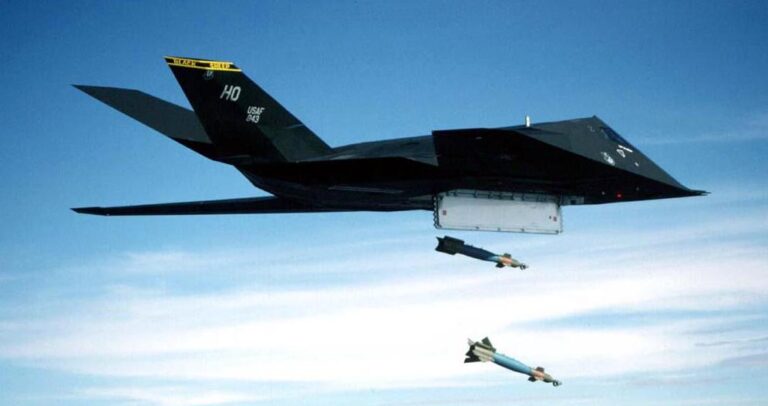
It took more than stealth to make the F-117 Nighthawk a combat legend
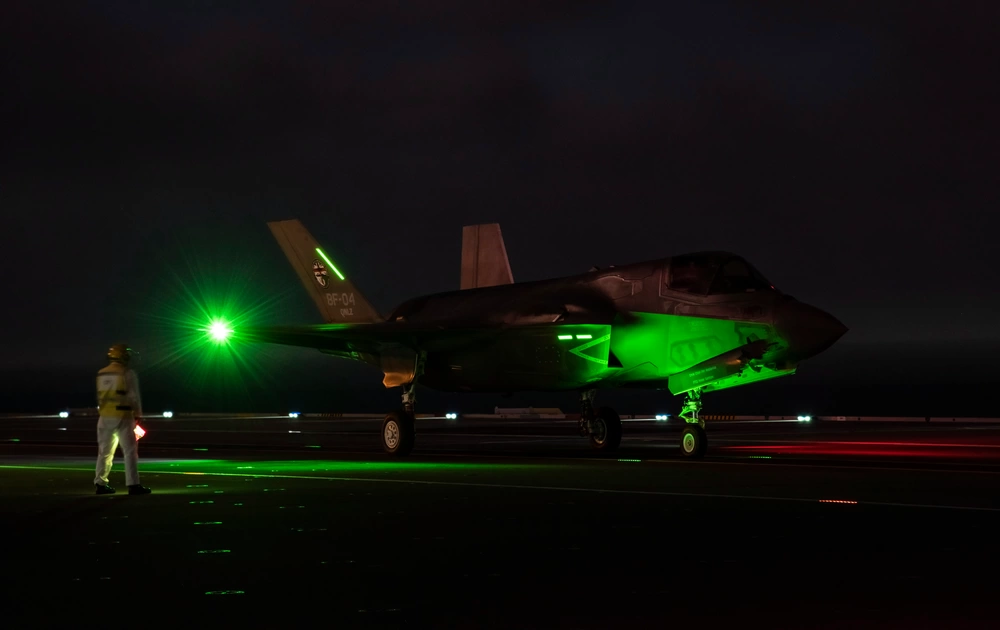
New material from North Carolina State University could revolutionize stealth aircraft (and even warship) design
Sandboxx News
-

‘Sandboxx News’ Trucker Cap
$27.00 Select options This product has multiple variants. The options may be chosen on the product page -

‘AirPower’ Classic Hoodie
$46.00 – $48.00Price range: $46.00 through $48.00 Select options This product has multiple variants. The options may be chosen on the product page -

‘AirPower’ Golf Rope Hat
$31.00 Select options This product has multiple variants. The options may be chosen on the product page -

‘Sandboxx News’ Dad Hat
$27.00 Select options This product has multiple variants. The options may be chosen on the product page
